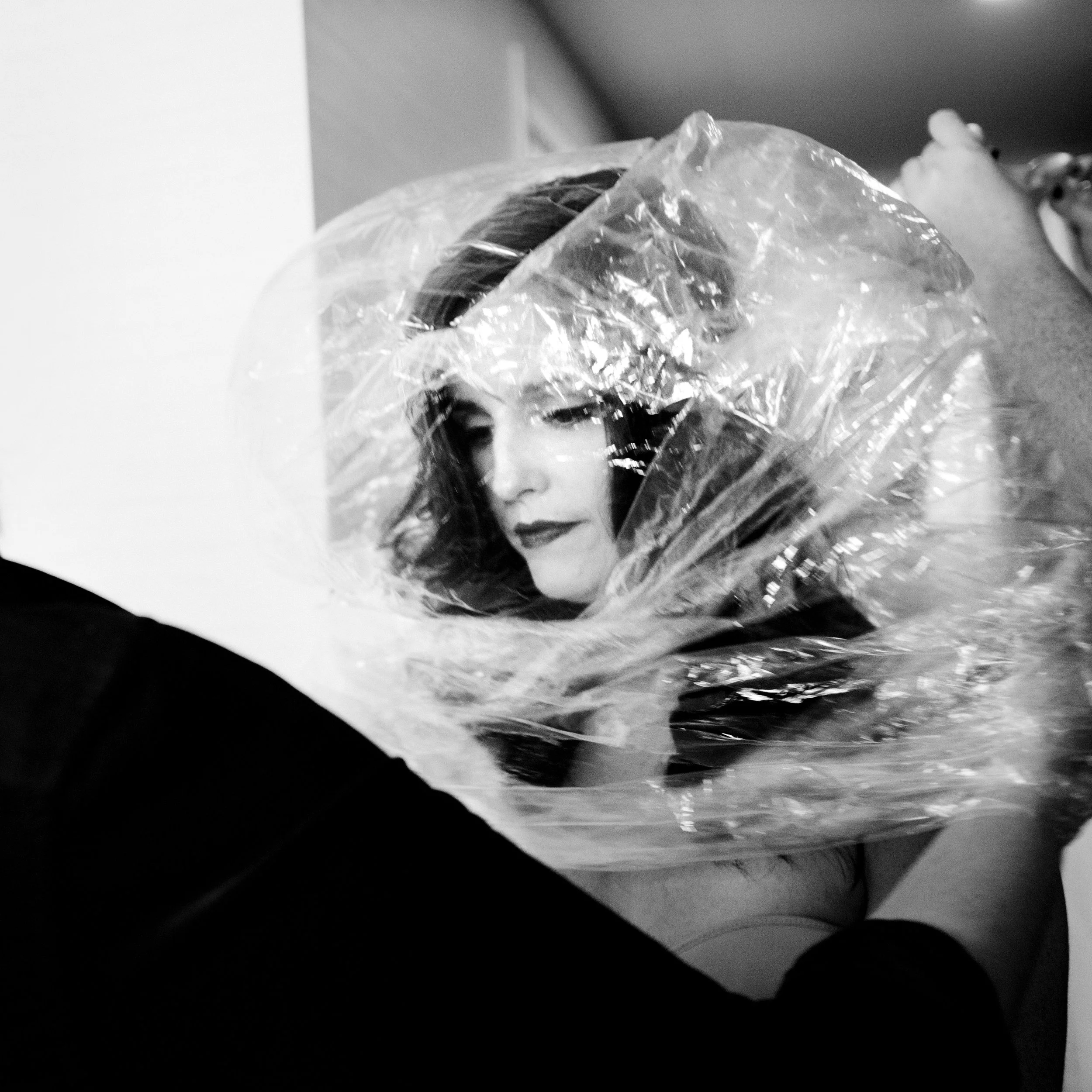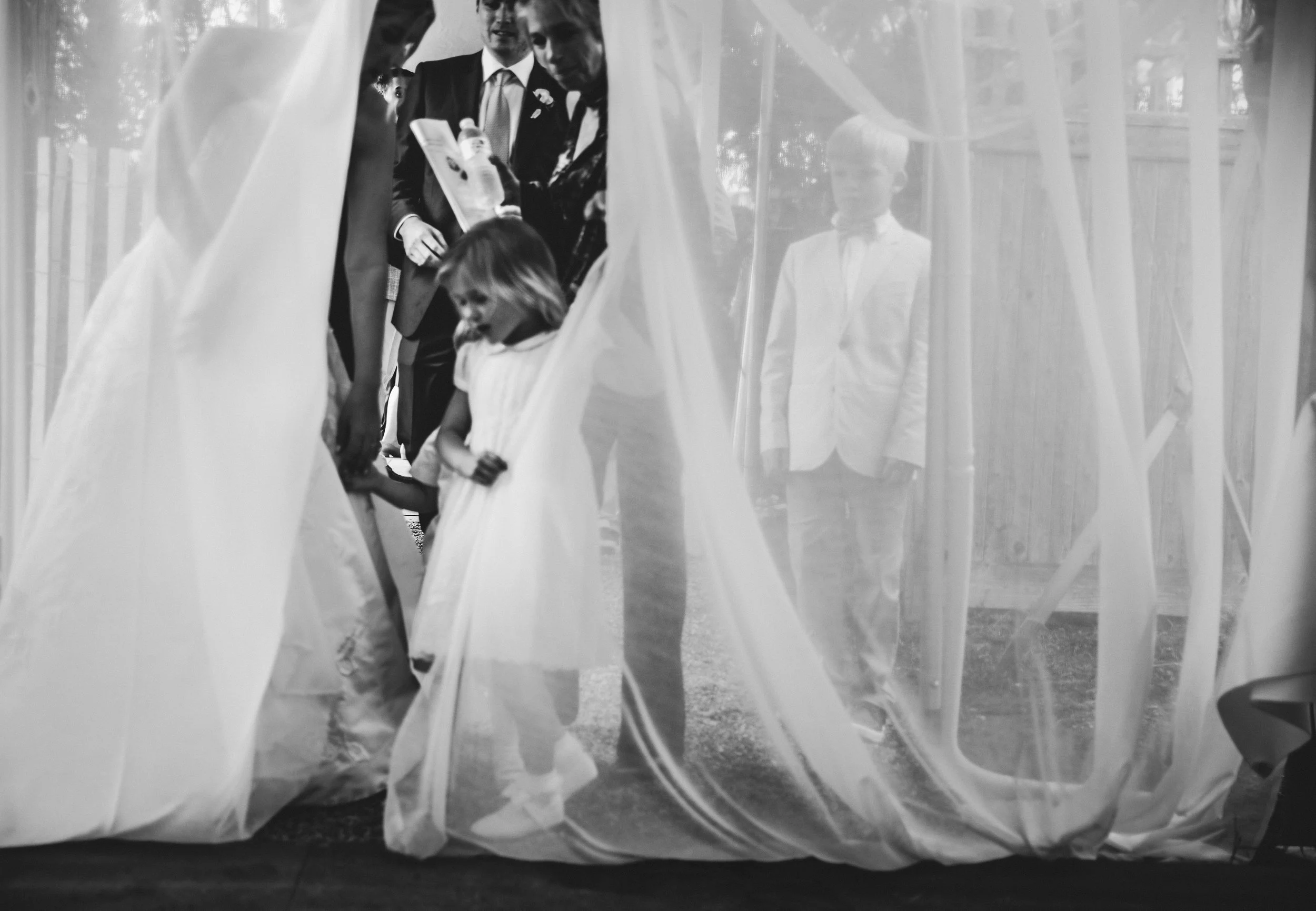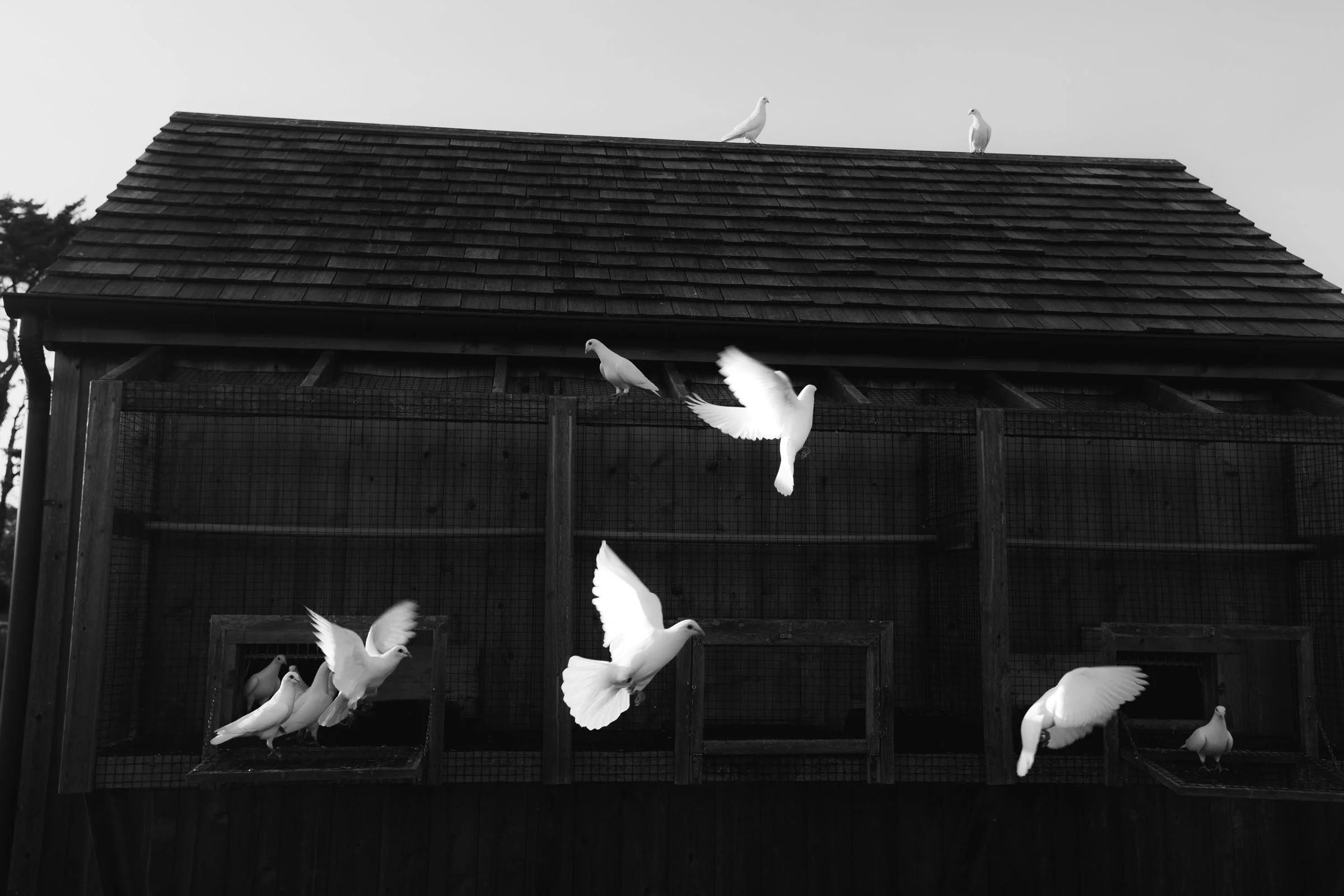Dream Weaving and how it Inspires Your Wedding Photography
It was sometime late in 2019, we didn’t know it yet, but lockdown loomed right around the corner. I had been practicing yoga for almost a decade, and teaching for about half that. I had gone deep down the rabbit hole of trying to crack the elusive secrets of enlightenment. I had not succeeded. I knew it had something to do with heightened consciousness. I was reading various mystical texts and comparing notes to see where there was overlap and what it could possibly all mean. At the time I had my own studio on the outskirts of Ridgewood. I lived with the most curious view out my window there, in fact it was what sold me on the space: an iridescent gray wall, slightly lower than my eye-line, covered in ivy for half the year with a strip of sky above. Sometimes the sky was a bright blue and the wall a deep green, other times the leaves were gone and gray wall bled into gray sky. It was like a living Rothko. Sitting thus, staring out the window, a thought shot into my head like a rocket: I need to know more about lucid dreaming.
I quickly searched for a podcast or something to keep me company while I edited a wedding. Lucid dreaming is the experience and practice of being consciously aware that you are having a dream and so lucid to make choices about what to do and what experiences to have in the dream. Anyone can lucid dream. In fact we’re pretty sure everyone does, especially when we’re children. Some lucky dreamers, like my sisters, latch on to the experience and learn quite young how to walk in the dream lands. Others of us, myself included, become briefly aware before slipping immediately back into normal dreaming. Not being a natural lucid dreaming, I applied my obsessive hyper focus to the task. All of this obsession coincided quite beautifully with the start of quarantine. In the deep quiet of lockdown, while my weddings were indefinitely on hiatus, I spent my quarantine learning to fly.
The foundation of all dreamwork is intention paired with a journal. One intends to become lucid then takes obsequious notes. Intention can come in many forms: mantra, writing, repetition. Sometimes it’s as simple as a whispered prayer before bed. For me it meant hours of focused meditation and lots and lots of sleep. Prior to finding lucid dreaming I had spent some time listening to Abraham Hicks (iykyk) whose teachings on manifestation and intention I found seductive, yet questionable. She did drill into me that intention is linked to vibration, to a feeling. Dreamwork, lucid dreaming in particular, will humble you. You quickly learn the difference between saying ‘tonight I will fly in my dreams’ vs ‘tonight I will try to fly’. One has you soaring, the other has you jumping up and down repeatedly on a roof, unable to stay a loft. But more than that, your subconscious is like an ocean, and in order to swim there you need to be able to navigate the waters.
My photography, especially my personal work, has always lived in the realm of magical realism, dreaming & memory, but it wasn’t until I dove into the realm of my dreams that I realized I didn't have firm footing in the language of the subconscious. I would set an intention, and lucid or not, my dreams would respond to me, only none of it made any sense. And worse, as I intended (and often succeeded) more and more to become lucid, I started having nightmares. It became clear that there was material in my subconscious that needed to be examined and excavated before I could fly freely. I realized I needed a new approach.
I read some books on how to interpret dreams and I listened to many more podcasts. Eventually I found my teacher. A woman based on the west coast who teaches a form of dream work with roots in animism and bee shamanism. She taught a technique in which we gather in a circle, close our eyes and in the darkness, allow each other’s dreams to unfold in our mind’s eye. Your dream becomes my dream. I feel it, see it, hear it and then I mirror it back to you. It’s a form of embodied knowing that can only be taught through experience, but once known is yours forever.
I spent hours receiving and mirroring dreams, and having my own mirrored back. It’s deep and profound work that has healed me in ways I’m deeply grateful for. I also started to think about how memory, dreams and ultimately photography are really very similar. Catching dreams is like catching fish, it takes time and patience and they’re easily scared away. When you wake from a dream, you’re lucky to bring back a few complete scenes, more often you come back with fragments of images you can’t fully grasp. We think of photographs as complete memories. A good photograph has the ability to take you immediately back to a place and time, it’s like a key that unlocks door in your mind and the feeling come flood back in. But photographs are recorded in fractions of seconds. When I photograph a scene, no matter how many photos I take, all I’m able to bring back is mere slivers of what was and if I’m lucky I can try to make a little of sense of where I felt called to point the camera.
The goal of lucid dreaming is become more conscious, or perhaps we could say, more present. One of the practices given to beginners, but really to all lucid dreamers is to walk around your waking life and be curious if you’re awake or if you’re dreaming. How do you know? It’s a question that calls you into the present moment, that calls you to feel into your felt body and senses with rapt curiosity. One technique I learned was to take a meditation walk and for the duration of that walk pretend that you’re dreaming and take note of anything unusual. The idea is that when you’re dreaming later that night you might find yourself similarly questioning your environment and find yourself lucidly aware. It’s in this way that we start to walk with one foot in the conscious realm and one foot in the unconscious. A way of bridging the gap between worlds.
Weddings are liminal spaces where time feels like it stands still and for me as the photographer, the invitation is to be fully present to all of it. I’ve bring this meditation practice into my work. I walk around a wedding playfully imagining all of it might be a dream, which in many way, it is. I feel into the surreal and the symbolic from an embodied place and felt space, a deepening of my sense of knowing that goes beyond words. This is an active practice of mine. I faithfully record my dreams every morning and reflect on them throughout the day, and I walk in the waking world with one foot in the dream.
Read more about how dreamwork led me to Turkey for a Sufi ceremony where I photographed an unexpected wedding and shaped the origins of my approach to wedding photography. The winter solstice is another liminal time for deep dreamwork and reflection.




